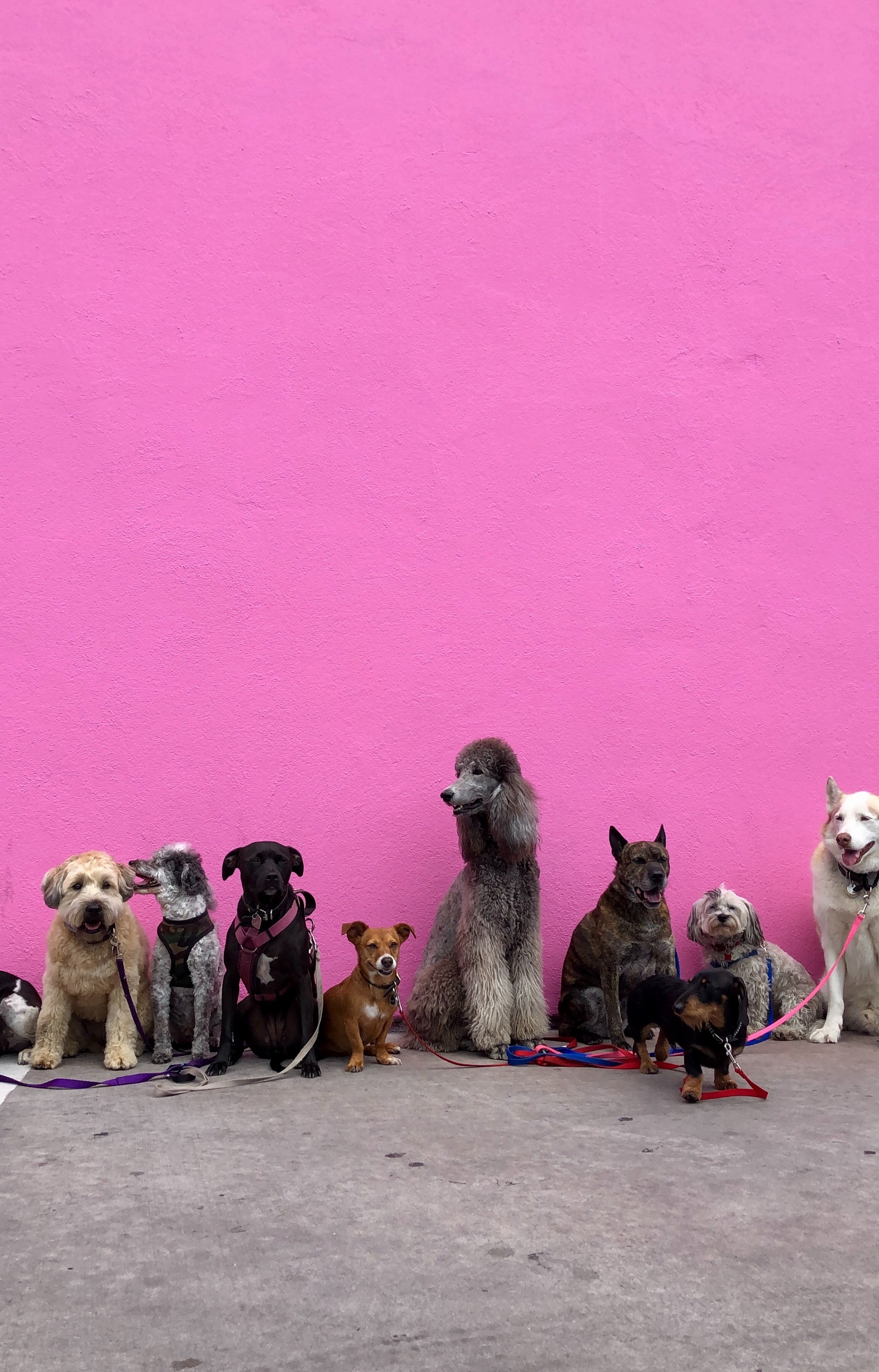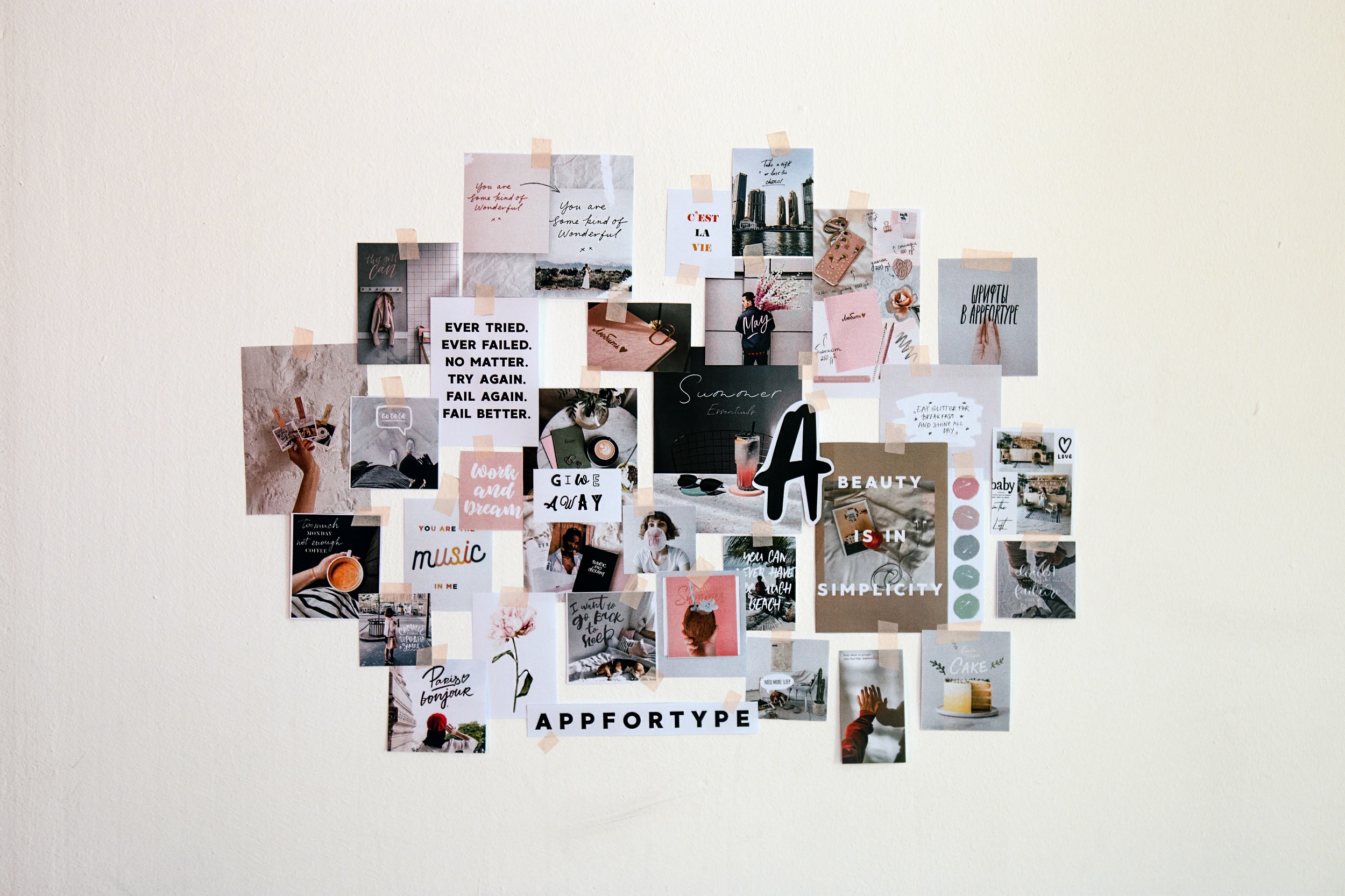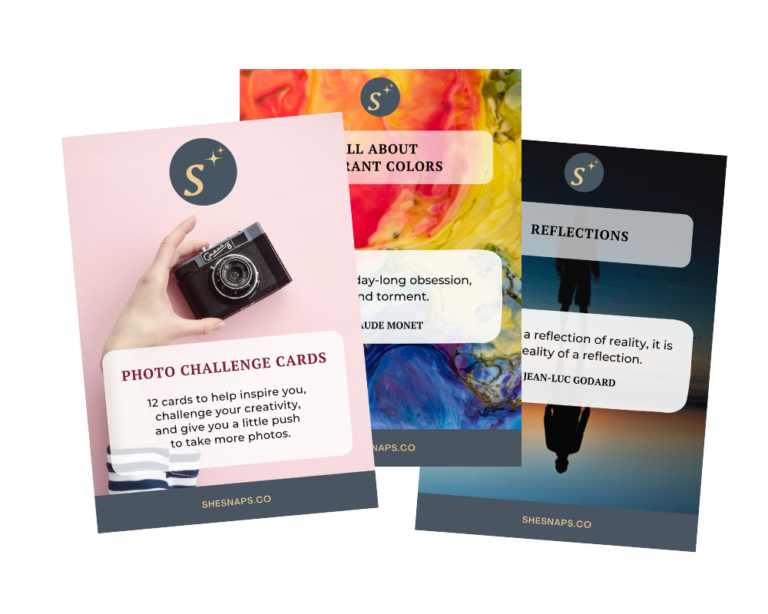Creating a portfolio, especially for the first time, can be really difficult. It’s a bit of a Catch-22: you need good portfolio images to convince people to work with you. But how can you get those images before working with someone?
One of the easiest solutions is to work with your friends and family. Especially if you plan to create portraits for your clients, this can be super effective. In this guide, we’ll go over how to get your friends and family onboard, as well as how to make sure your portfolio images end up looking as polished and professional as your clients will expect.
Here is what we will cover:
- Casting Friends and Family
- Knowing Your Goals
- Setting Up Specific Themed Sessions
- Staying Professional On Set
- Selecting Your Portfolio Images
Casting Friends and Family

To begin this new portfolio, you have to start the same way that you would if you were hiring professional models: with a casting.
It may sound harsh, but not everyone you know will be the right fit for your images. Let’s say that you want to build up a portfolio of images of high school seniors. You can’t ask younger kids, or older adults, to stand in to help you with that. It’s not necessarily about who is the most photogenic, especially if you want to market your services to everyday clients for family portraits. But it’s definitely about finding the people who fit your target market.
Once you are sure who your target demographic is – say, teenagers aged between fifteen and eighteen, for example – start thinking about who you know that fits this criteria. Narrow this list down to the people who you think might get you the best photographs. You can then begin asking them to take part. Not everyone might be keen, so you’ll want to offer them the images for free as well as your undying gratitude. Have some back-ups, too, just in case.
Key Lesson:
Just because your niece or your brother might be keen to offer their help, doesn’t mean they will be the right fit for your portfolio. Try to work with people who fit the demographics of your target clients, so they can see what kind of images you’ll produce for them.
Knowing Your Goals

When you’re shooting friends and family, it can feel very different to working with a client or even hiring a model. It’s easy to get lost in the moment and start creating nice images that you know the subject will like. After all, these are people you love and care about – and you might find yourself putting their goals first, instead of your own.
When you go into the session, you need to have a very clear goal in mind of what you are going to create and why. Making a mood board can help with this, as you can refer back to it during the shoot to remind yourself of what you need to be doing.
Think about the end results you want to display in your portfolio. You can even sketch out the specific shots you want to capture. Once you’ve ticked off all of your own goals, it’s okay to have fun and see what else you can make. The last thing you want, though, is to go through a whole photo session and not end up with anything you can use.
Key Lesson:
You need to have clear goals in mind before you shoot, or your own personal feelings towards your models can cloud your judgement and send you off course. Make a list of shots you want and stick to it, and have fun afterwards.
Setting Up Specific Themed Sessions

Themed sessions are great for sales, and these packages can really boost your bottom line and increase your bookings. You may have seen other photographers creating these kinds of packages: for example, Easter sessions with live bunnies and oversized eggs, Christmas sessions where fake snowfalls over the family, or so on.
But in order to sell a themed session, you need examples of what the final images will look like. No one is going to make a purchase based on a vague description and hope! To create these example images, using friends and family is a great idea, but you need to make sure to get it right.
Again, try to see your models as clients, not people you know. Take them through the whole service, from start to finish, like you would with a real client. This not only will help you get to grips with how everything will work and iron out any problems, but it will also help the images to look better in the end result.
You may also want to vary up the people you work with for your example images. If your portfolio and your first few themed sessions are images of your husband and kids, clients won’t bat much of an eyelid. But over time, bringing in new subjects – maybe even some of your favorite clients – will help to keep your portfolio looking fresh and exciting for anyone who visits your site to consider booking you.
Key Lesson:
Refreshing your themed session packages can easily be done with the help of friends and family – just be sure to take it as seriously as you would the real thing, to be sure it works out smoothly!
Staying Professional On Set

Being professional around your friends and family can be tough. There’s a temptation to fall into bad habits, to talk to them like you would at home. You might scold your children for messing around, or tell your husband off for not ironing his shirt. But would you do that with a client?
The way we interact with our loved ones can be very, very different to the way we interact with our clients. In turn, this can mean that we get different results from behind the camera. You might find that your teenager looks surly and sullen in every single shot, which they might not if their parents had bought them a photography session as a special present. Or your models might end up with a vaguely embarrassed expression on their faces, because it feels odd for them to be posing in front of you.
Try to keep things professional. You can pause outside your studio, or shooting location, with your models and talk to them. Explain to them that once you all step over the threshold, you’re now photographer and clients, and so you’ll treat them differently. If you act professional from the start and keep it up, they will respond differently to how they would if you were just being, well, you.
Key lesson:
Don’t make the mistake of treating friends and family differently to how you would your clients, as this can lead to unsatisfactory images. Keep your cool and keep reminding yourself that you can’t shout at them or tell them off – because you wouldn’t if they were strangers who were paying you!
Selecting Your Portfolio Images

The final difficulty in working with friends and family to build your portfolio lies in the process of selecting which images you will use.
It’s hard to look at images of your loved ones with an unbiased eye. After all, you know them so well! You might know that your best friend feels awkward about her crooked teeth, so you won’t use any images of her smiling. But if that image of her big, toothy grin is the best image in the lot – and the one that you would present to a client – then you’re making a mistake.
If you find it too hard to stay objective, you can ask a fellow photographer to help you out with some constructive criticism. Find out what other peoples’ favorite images are from the shoot (but not anyone who knows the models personally like you do!). This can yield some unexpected results!
Above all, look for the images that will suit your portfolio the best – not the images which are the most flattering to your loved ones. There can be a big difference!
Key Lesson:
Put your bias aside and try to see the images as if you were looking at strangers. Don’t let your affection for the subject cloud your eye!
Conclusion
When using friends and family to update or start your portfolio, keep these things in mind:
- Only use models who fit your target demographic
- Make sure you have a clear goal or target image in mind
- Don’t get hung up on your subconscious biases
- Stay professional, even when your limits are pushed
- Keep your photography eye, not your biased and loving eye, on the images when choosing your final portfolio selection
Self-Check Quiz
- How can you tell if a friend would be the right fit for your portfolio?
- How can you ‘bribe’ friends and family into taking part?
- What methods can you use to create a target image or list of images?
- How should you treat your loved ones while on set?
- What is a themed session?
- How should you proceed if you can’t decide on which images to use?
- Which images go into your portfolio – those that fit your style best, or that flatter your loved ones the most?
Learning Assignment
There’s no better way to try this out than to just get stuck in. Start with just one friend if you like – someone who would be flattered to be asked. Or start with your kids! Once you’re comfortable working with this one person, you can think about building a wider portfolio by asking more people to take part, following the steps we’ve outlined here.
Cover Photo by Dominic Sansotta

